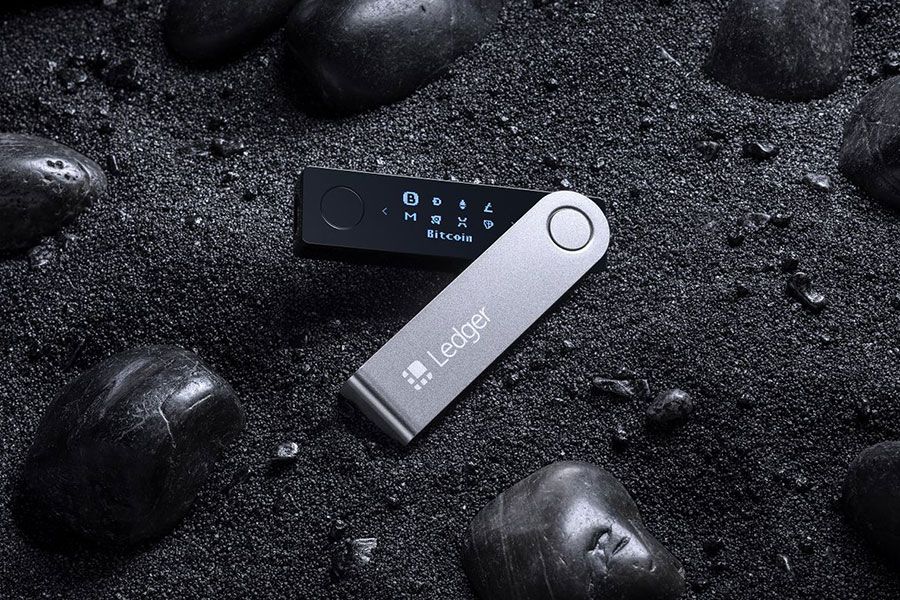So you've started buying NFTs, and maybe you've spent more money on these NFTs than just about anything else you've bought this year. The reality is, if I told you that people all over the world would be spending tens of thousands of dollars on cartoon JPEGs you would tell me I had lost my mind - but here we are.
For most people, in fact almost all people - anything that you own that has any value is insured. Your car, yeah - that's insured, your house - of course, now people have JPEGs worth more than their house and car combined, and they're just sitting out there, vulnerable to scammers and hackers.
The great thing about NFTs and the Defi concept in general is the lack of regulation by big companies, the not-so-great thing is that you're now responsible for your own security, and most people don't even know the basics.
If you have NFTs that are worth more than a few thousand dollars, you need to secure them with a hardware wallet, but first you have to understand what the heck a hardware wallet is and how it works. I've reached the point where so many people are asking me about securing NFTs that it's easier to write this article than to explain the same thing over and over again.
So here we go. Short and sweet - here's your primer on securing your NFTs using a hardware wallet.
First, let me dispel the #1 myth about hardware wallets. A lot of people think that using a hardware wallet means storing your NFTs on a physical device, this isn't true. Instead, your NFTs are stored in an Ethereum wallet that is secured using a private key that is safe and secure on a physical device. If you don't know what a private key is - read this and then come back to this article.
With a hot wallet (i.e. a wallet that is not secured by a hardware device) your private key could be compromised without you ever knowing what happened. With a hardware wallet, you need to physically attach a device to your computer to approve transactions, which obviously is a LOT more secure. That being said, it's not a perfect system and I wrote an article a little bit ago about the one big security risk people don't think about with hardware wallets that's worth a read once you've gone through this primer.
The two main players in the hardware wallet space are Ledger and Trezor. While some people like one over the other the reality is, they're both great and it's better just to pick one and get your NFTs secured.
Once you get your hardware wallet you will create a new Ethereum wallet and send your NFTs to this wallet. Also, just to re-iterate what I said above, the NFTs are not stored on the device itself, so you actually don't need to have the Ledger or Trezor connected to your computer to send NFTS to the wallet. Just like any other Ethereum wallet, all you need is the wallet address to send.
What you will need the hardware wallet connected to your computer for is if you want to list an NFT for sale or transfer an NFT out of your hardware-secured wallet. Just to recap - here's what you'll be doing to secure your NFTs using a hardware wallet:
- Buy a Ledger or Trezor
- Create a new Ethereum wallet (using the software corresponding to the device brand you choose, for Ledger you'll use Ledger Live)
- Copy your new wallet address and send your NFTs to this wallet (once again, your hardware wallet doesn't have to be connected to your computer to do this)
- Sleep at night knowing you won't wake up to find all your NFTs are gone
Sounds simple? It is, and you really have no excuse not to secure your NFTs. Let this article be your wake up call. Oh, and once you do get your hardware wallet don't forget to read this article about the one security risk people often overlook when using hardware wallets.
Thanks for reading and stay safe out there everyone.

